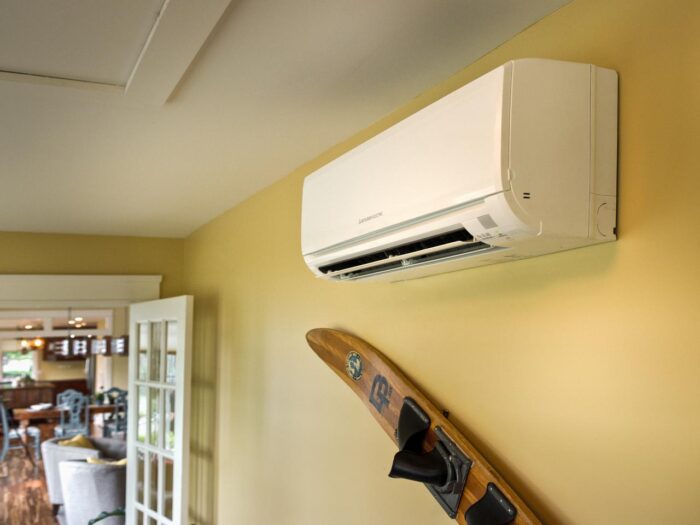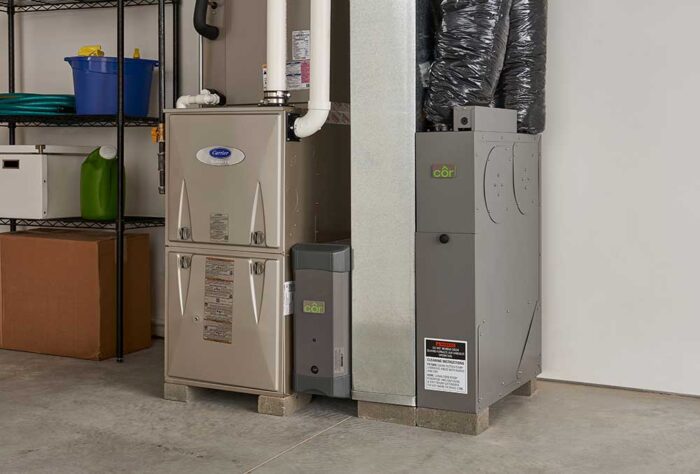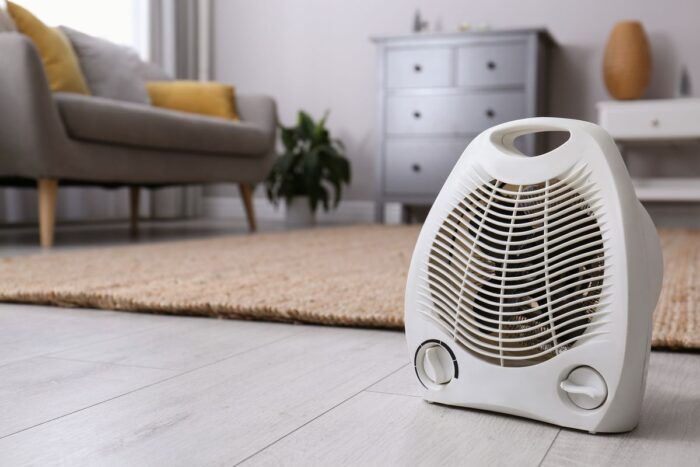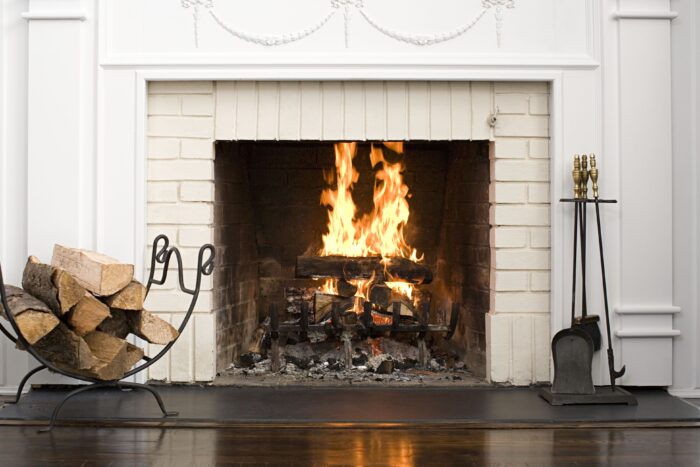
No matter where you reside in the US, you need to worry about staying warm at home now that winter has arrived. However, how and what you heat depends on where you reside.
Here’s a look at home heating and ways you can use less energy in winter, from warming the water in your outdoor pool to warming the pool area in your basement.
1. Ductless Furnace

A ductless furnace distributes heat using a different method than a central furnace, which uses ducts to transport air around the house. The room directly above it and the area around it are heated by a floor furnace that is installed beneath the floor.
The air in the rooms on either side of the wall is heated by a wall furnace. Additionally, a pipeless furnace uses a floor register to disperse heat. A ductless mini split system consists of two units, one put on the interior wall of the room and the other on the external wall.
These units are frequently controllable independently, allowing the heat to be changed in the room where it is needed. The absence of ducts can help decrease the quantity of dust that accumulates.
2. Furnace

During the winter, a propane furnace set up as a component of a zone or central heating system effectively heats the house. The furnace distributes warm air around the house using a fan or blower through a distribution vent system.
Furnaces powered by propane have an operating lifespan of 15 to 20 years. By closing when heat hits demand levels, advanced venting systems equipped with switch-controlled vent dampers increase the efficiency of the propane heating system.
Throughout the United States, propane is a fuel that can be used for water heaters and furnaces that heat homes. It is more cost-effective to purchase propane delivery in the summer when per-gallon prices are lower because it is delivered to the home and kept in a dedicated tank.
Propane heating lowers greenhouse gas emissions while also potentially lowering overall energy expenditures. Propane heating does not require a specific furnace. The various fuel properties of propane can be accommodated with a quick and low-cost retrofit on the gas line or gas furnace in the residence.
3. A Portable Heater

Space heaters come in a wide range of forms and prices, and are particularly helpful for adding extra heating to a cold basement or bedroom. Conventionally, portable heaters operate by having warm air surrounding the unit rise and cold air sink to the floor to be heated once more. Infrared heating is used by other space heaters.
People and objects are heated as infrared light, which humans cannot see, is emitted and strikes them, just like sunlight. When you are in the room and have a clear line of sight to the heater, these heaters are effective and handy.
Space heaters are effective as supplemental heat sources in the room you’re in, but they are ineffective at heating an entire structure. Portable heaters had a bad reputation for being fire dangers in the past; however, modern types are more safer when used properly (cords in good shape, on a flat surface, no clutter nearby).
4. Fireplace

By minimizing heat loss up the chimney, an energy-efficient fireplace can generate enough heat to compensate for a lower central thermostat setting, in some cases significantly lowering heating expenses.
An energy-efficient fireplace insert can be used to increase the heat output of an old, drafty masonry fireplace. If not, you’ll lose just as much heat as if you left a window open.














